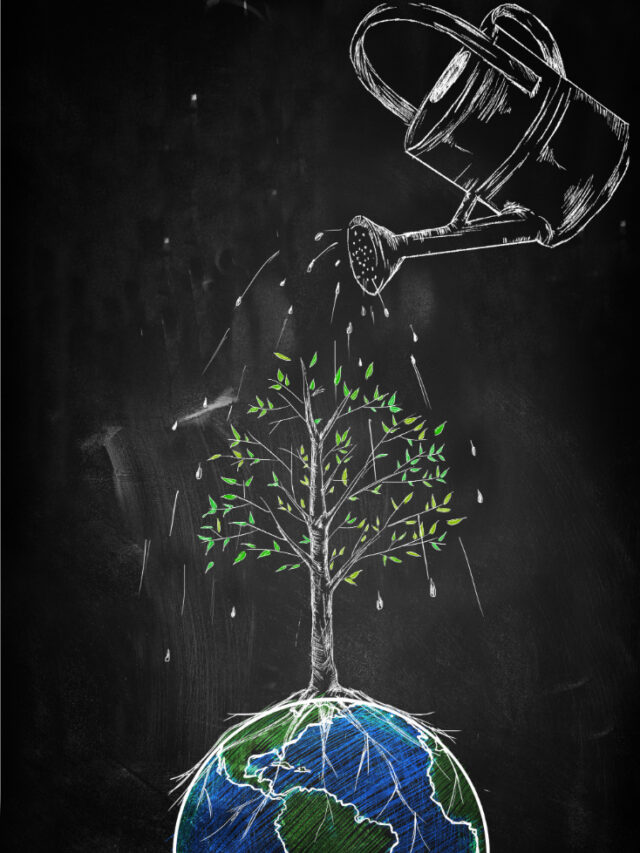Highlights
- Sustainability in the fashion industry.
- Line- durability and longevity.
- A shining example of eco-friendliness: linen.
- Linen’s Origins
- Sustainable Farming Practices
- Low Environmental Impact
- Durability and Longevity
- Versatility and Timelessness
When it comes to sustainability in the fashion industry, there is a growing awareness of the impact of textiles on the environment. From water usage to chemical pollution, the production of fabrics can have detrimental effects on our planet. However, amidst this concern, one eco-friendly fabric stands out as a shining example: linen. With its long history and unique properties, it has gained recognition as one of the most sustainable fabrics available. We will delve into the reasons why it is a champion among fabrics in terms of sustainability.
Linen’s Origins
Linen is in the use for thousands of years and has a rich history that dates back to ancient civilizations. It is made from the flax plant, which requires minimal water and pesticides compared to other crops. Flax is a resilient plant that grows abundantly in various regions around the world, including Europe, Asia, and North America. This eco-friendly fabric production also requires less energy and resources compared to other textiles, making it a more sustainable choice from the very beginning of the manufacturing process.
Sustainable Farming Practices
One of the key factors that contribute to its sustainability is the farming practices used in its production. Flax is a hardy plant that requires little to no irrigation, making it a more water-efficient option compared to cotton or other crops. Additionally, flax is typically grown without the use of chemical fertilizers or pesticides, as it naturally repels pests. This makes linen a more eco friendly fabric choice, as it minimizes the use of harmful chemicals that can pollute soil, water, and air.
Low Environmental Impact
The production also has a lower environmental impact compared to other fabrics. Flax plants are typically harvested by pulling them out of the ground, rather than using harmful chemicals or heavy machinery. The eco-friendly fabrics are then separated from the plant through a process called “retting,” which involves soaking the stalks in water until the fibers are easily separated. This process is much less energy-intensive and polluting compared to the production of synthetic fibers, such as polyester or nylon.
Durability and Longevity
Another aspect of linen’s sustainability is its durability and longevity. Linen is one of the strongest natural fibers, making it highly resistant to wear and tear. These fabrics can last for decades with proper care, reducing the need for frequent replacements and ultimately reducing waste. Additionally, this type of natural fibers are biodegradable (eco-friendly), meaning that they will break down over time without releasing harmful microplastics into the environment.
Versatility and Timelessness
Linen’s versatility and timelessness also contribute to its sustainability. Linen fabrics for a wide range of applications, from clothing to home furnishings. It’s natural breathability and moisture-wicking properties make it ideal for warm climates, while its insulating properties make it suitable for cooler temperatures as well. Linen is also a classic fabric that transcends trends, making it a timeless choice. We can use linen in the future years.
This is undeniably one of the most sustainable fabrics available. From its eco-friendly farming practices and low environmental impact to its durability, versatility, and timelessness, linen ticks all the boxes when it comes to sustainability. As consumers become more conscious of the environmental impact of their choices, opting for linen can be a responsible and stylish choice that supports a more sustainable fashion industry. So, the next time you’re in search of a fabric that is kind to the planet, consider linen as the eco-friendly champion among fabrics.








